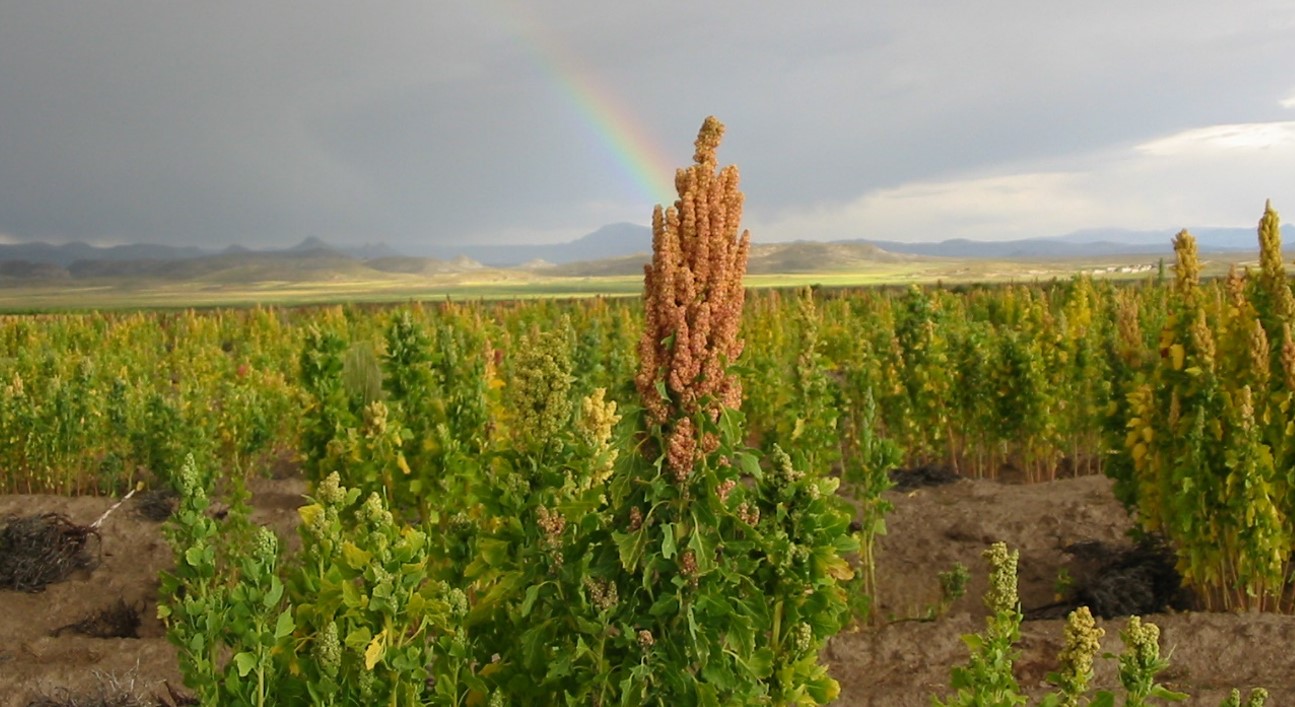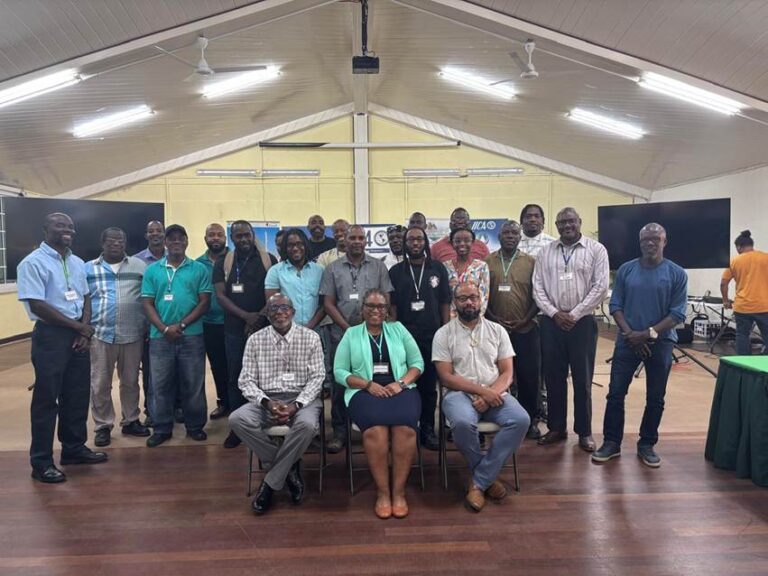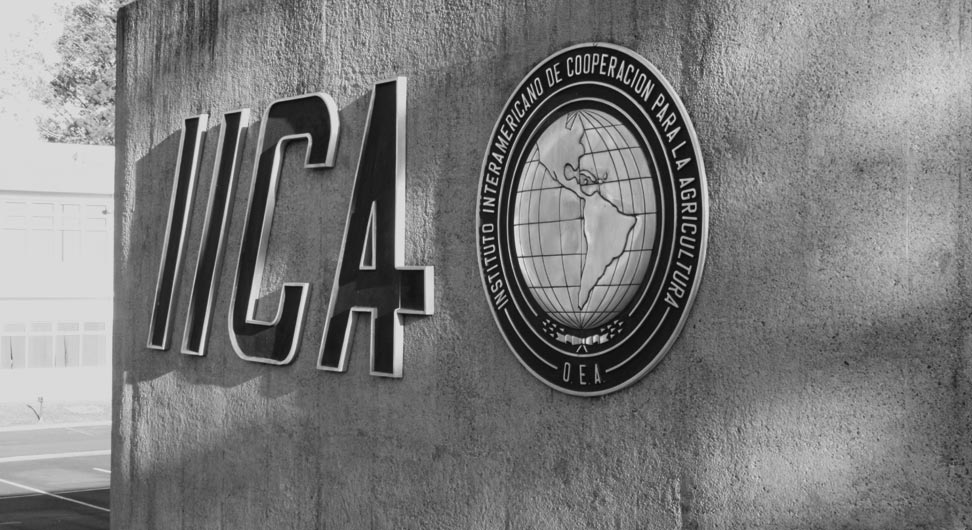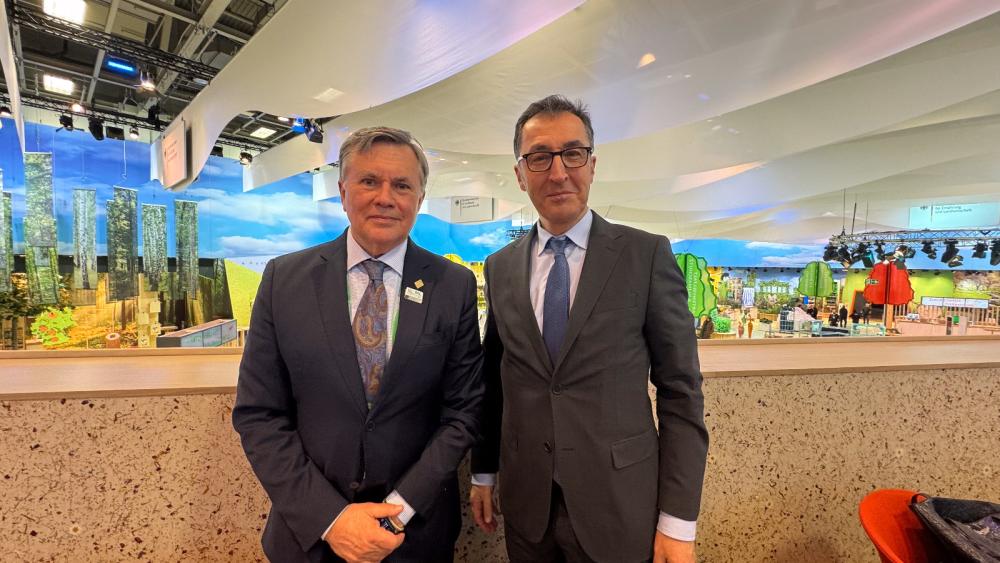Quinoa, an ally for global food security due to its high nutritional value, is present in more than 120 countries. The Andean region accounts for 76% of global exports.

La Paz, 4 March 2021 (IICA). The prestigious Global Food Security journal published the scientific article “Global expansion of quinoa and challenges for the Andean region”, which analyzes the main driving forces behind the growing production of quinoa, its implications and the challenges faced by farmers who produce the crop.
One of the authors of the article is Bruno Condori, a specialist at the Delegation in Bolivia of the Inter-American Institute for Cooperation on Agriculture (IICA). Condori graduated as an agricultural engineer from Universidad Mayor de San Andrés, and has carried out important work as an international scientist at the United States Department of Agriculture (USDA), the International Potato Center (CIP) of the Consultative Group on International Agricultural Research (CGIAR), and various other institutions in Africa and Asia.
An internationally renowned journal, Global Food Security publishes scientific articles related to agriculture, nutrition and the environment, which are of relevance to food security and nutrition.
“Quinoa seeds (1.5 to 4 mm in diameter, depending on the variety), were brought to Africa, North America, Europe and Asia during the 20th century” and are “recognized by the United Nations as an ally for food security due to their resilience and high nutritional value”, explains the article.
According to the publication, the largest quinoa farming areas are located in Peru, Bolivia and Ecuador, which account for 76% of global exports, while the other 120 countries in which the Andean grain is present represent 16% of exports.
Domesticated by Andean people, quinoa (Chenopodium quinoa, Wild.) is a key crop in the production systems of the High Andes, along with other crops such as potato. However, it can be grown under various agroecological conditions, including coasts, valleys and highlands.
The crop adapts to different climatic conditions and is highly tolerant to frost, drought and soil salinity. Given its capacity to adapt to extreme conditions, the crop provides a unique alternative to contribute to the resilience of agrifood systems in Andean countries and others that are starting to produce it.

Quinoa and its nutritional value
The highly nutritional Andean grain is consumed as a cereal due to its ideal content of essential amino acids, fatty acids, micronutrients, vitamins and antioxidants, which is far superior than that of many other cereals. Because it does not contain gluten, it is considered a valuable alternative for special diets in the food industry.
The export price of quinoa reached its peak in 2014 but fell four years later, triggering socioeconomic and productive changes in Andean countries, enabling farmers to significantly expand farming areas, intensify production and reduce the varieties produced, which could prove counterproductive if research, innovation and local sustainability systems are not strengthened.
The article, written by G. Alandia, J.P. Rodríguez, S.E. Jacobsen, D. Basile and B. Condori (2020), is available at: http://bit.ly/3qz0AWz.
More information:
Bruno Condori, consultant at the IICA Delegation in Bolivia.
bruno.condori.consultor@iica.int











